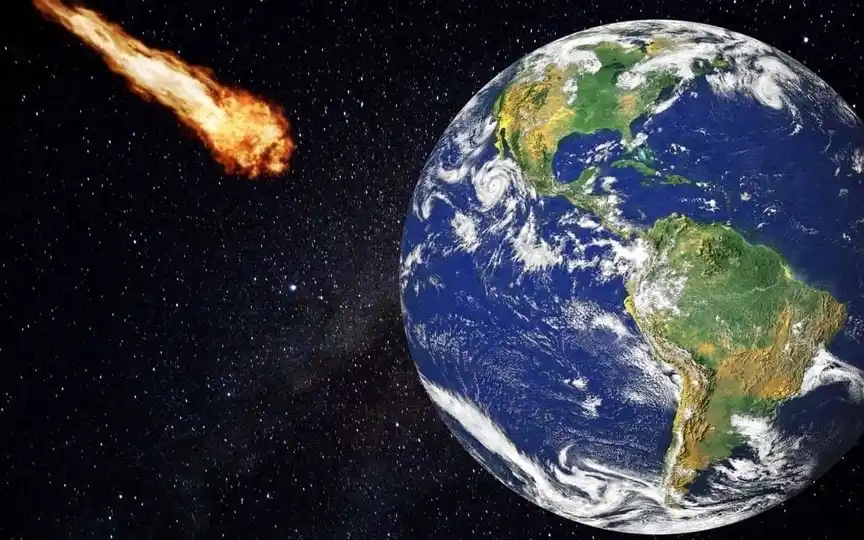Asteroid Crater Discovered in Australia Measuring 520 km in Diameter
The widely accepted theory suggesting that dinosaurs were wiped out by an asteroid collision on Earth 65 million years ago is well-known. The impact site, located in the Chicxulub region off the coast of Mexico, covers an impressive 93-mile area. This catastrophic event not only led to the extinction of dinosaurs but also resulted in the demise of numerous other species. However, its significance goes beyond that, as it set the stage for the emergence of mammals and ultimately paved the way for humans to dominate the planet. Recent findings now indicate that our planet experienced even more significant asteroid strikes in ancient times, surpassing the scale of many known events. The discovery of a crater serves as evidence for these impactful occurrences.
According to a study published in the journal Tectonophysics, scientists may have found the largest asteroid impact with a diameter of 520 kilometers somewhere near the New South Wales town of Deniliquin. They named the impact site the Deniliquin structure, which is larger in size than the 300 km wide Vredefort impact structure found in South Africa and known to be the largest impact area in the world.
About the structure of Deniliqui
The Australian continent has become the main focus of asteroid impacts. According to reports, there are 38 confirmed impact structures and 43 sites known to be potential structures in the area. Between 1995 and 2000, a scientist named Tony Yeates found patterns for larger asteroid impacts than the Chicxulub crater. Evaluation of updated geophysical data for the area between 2015 and 2020 confirmed a 520 km diameter structure with a seismic dome at its core.
The area is now known as the Deniliquin structure, which has all the hallmarks of a large-scale asteroid impact. Magnetic data from nearby areas reveal a symmetrical ripple pattern in the crust around the core of the formation, and the data should be evidence of “radial faults” and other magnetic anomalies.
Scientists suspect that the asteroid impact may have occurred 514 million years ago during the early Cambrian period.




